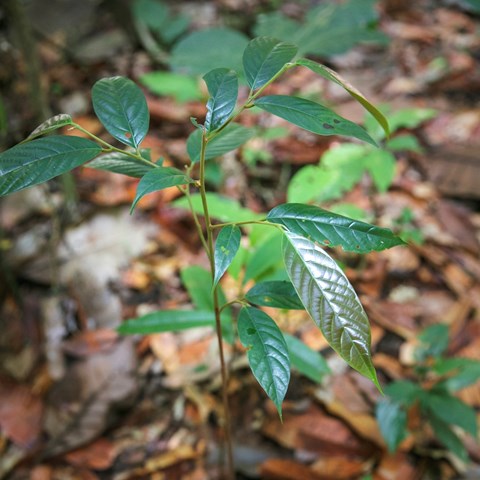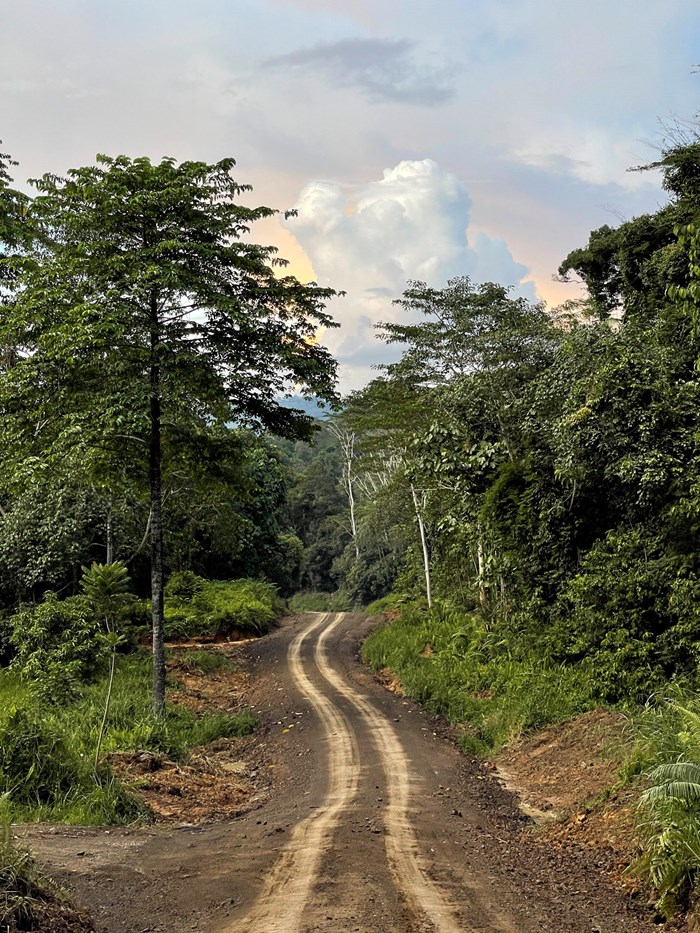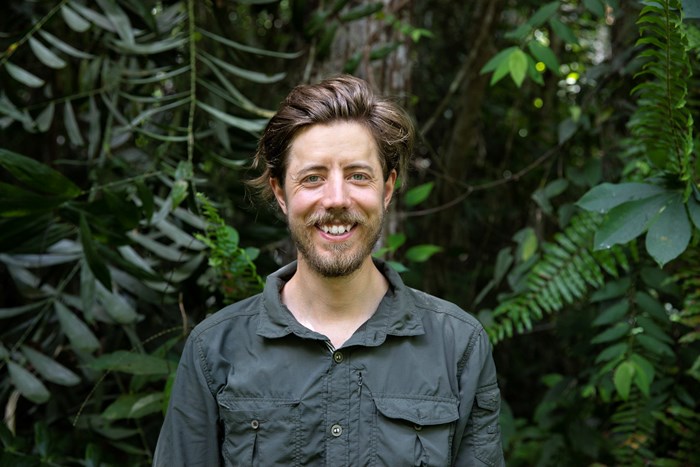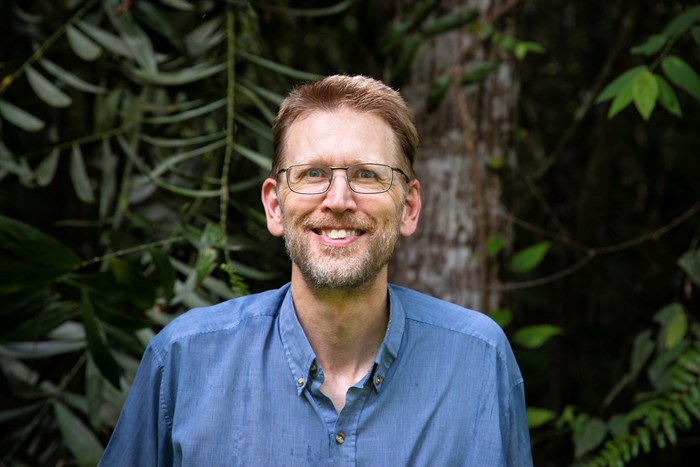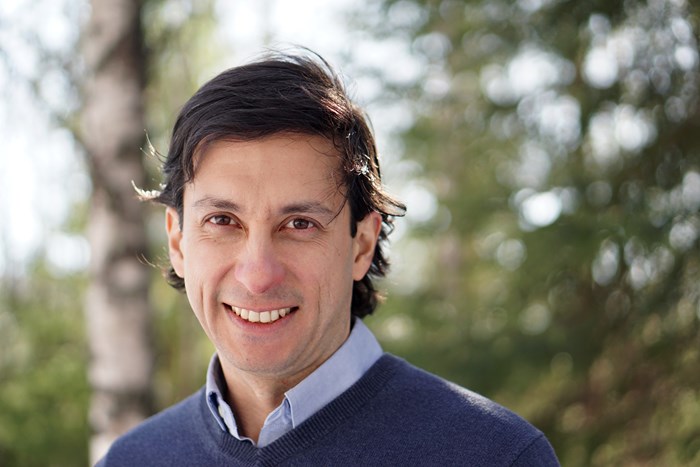Millions of hectares of natural forests on Borneo have disappeared due to unsustainable logging, fires, and land use change to establish for example oil palm plantations. Many more hectares have been degraded through the selective harvesting of trees with high timber value. Multiple efforts to restore local rainforests are ongoing, with Malaysian officials aiming to stop the expansion of oil palm plantations in favour of tree plantings on degraded forest lands.
But which trees are profitable and ecologically suitable for this practice? A collaboration between the local Yayasan Sabah organization, international furniture manufacturer IKEA, and the Swedish University of Agricultural Sciences (SLU) aims to answer this question. In 2008, 22 different native tree species were selected for a tree planting experiment. The seedlings were planted and evaluated ten years later based on their growth characteristics. Researchers developed a model to assess which of the selected tree species succeeded in growing the best.
“The main use of our models is to show the relationship between fundamental tree characteristics, such as wood density or leaf nutritional value, and financial value. Borneo has around 3000 tree species and we cannot do research on all of these, therefore such a model addressing ecological and financial suitability is critically relevant”, says Arvid Lindh, Ph.D. student at the Department of Forest Ecology and Management, SLU.
Slower growing trees unexpectedly favoured
After taking survival rates, growth rates, and timber prices into account, as well as tree characteristics like resistance to insects, nutrient concentration, and pH value in the leaves, the researchers drew a somewhat unexpected conclusion: The fastest growing trees were not the most profitable.
"There seems to be a trade-off between growing fast and having many plants survive," says Lindh. In the experiment, some of the 22 studied species grew very fast but had a survival rate of only 15 percent. For the species with the highest profitability, Shorea macrophylla, 70 percent of the seedlings survived and had relatively fast growth rates.
Not as profitable as oil palm – but more sustainable
The results show promising viability for planting and harvesting trees using the same methods as in forest rehabilitation. However, compared to oil palm plantations, forest planting is currently a less profitable alternative. As for other services, such as supporting biodiversity, planting with native trees is likely a better option.
"Now we know much about which of the native species in Borneo can uphold a profitable forestry operation, that is also a much better alternative for the environment. With more research on methods that can increase species survival and growth, there is also potential for even higher profitability," says Ulrik Ilstedt, researcher the Department of Forest Ecology and Management, SLU.
Francisco Aguilar, a Professor at SLU´s Department of Forest Economics expands by noting that “one must not forget that it is the expected profitability of other crops such as oil palm and the market value of a few timber species that drive deforestation and forest degradation. By the same token, only by understanding both financial profitability and ecological suitability will we be able to effectively advance forest restoration efforts”.
Read the scientific article here:
Functional traits to predict financial value of enrichment planting in degraded tropical forests (New Forests)
